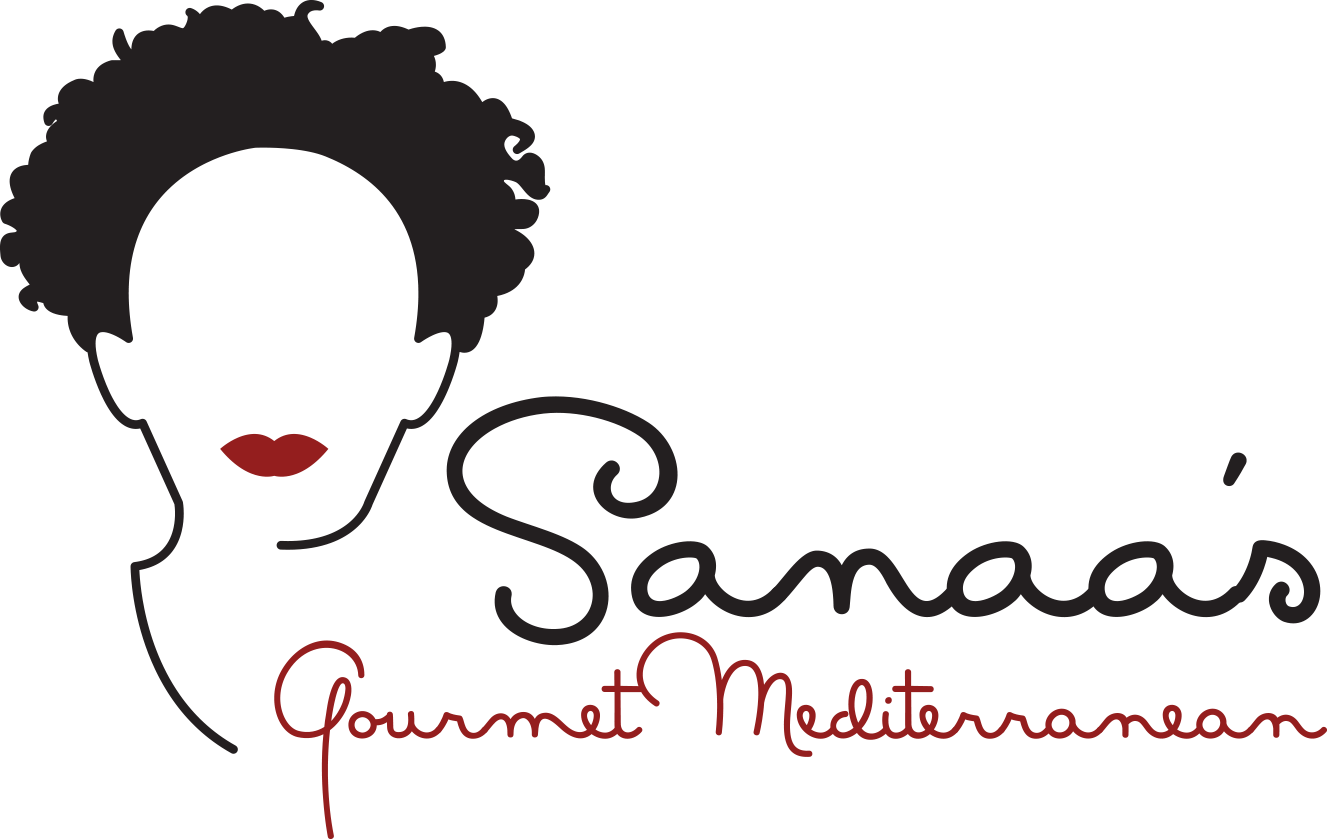Beets are not for makeup/ Beet and butternut squash salad
Have you tried pickled turnip? I peel and slice the turnips and then place them with couple slices of beet in class jar. Add one garlic, brine and little vinegar. Wait couple weeks and you have burgundy turnip pickles.When I was making the pickled turnips, my memory went back to when I was 13-years old school girl in Syria. The red stain on my hands from the beets was what jogged my memory. Back then, neither the school nor my parents allowed my sister and me to wear any makeup. But while watching my grandmother color reeds for a basket she was weaving, we had the idea that red beets would be perfect for us to put on our lips and cheeks as homemade makeup.If the school principal suspected girls were wearing makeup, she would dab the girl's cheeks with a white handkerchief, and if any thing rubbed off, the girl was sent home for parental punishment.To get around this rigid inspection, just before going to bed, many girls would ring their eyes with kohl, an eyeliner used in the Middle East, and lip color. The idea was to have some of makeup left over the next morning that would look somewhat natural and would not rub off the Principal's handkerchief.Back to our bright idea about using red beets as makeup. Our first mistake was to cut the beet in half and smear it on our cheeks and lips. We went to bed, and the next morning we resembled the worst-looking circus clowns one can imagine. There was no amount of soap and water that would clean off the red from the beets.We were too embarrassed to go to school, but our parents decided our punishment was to be forced to attend. The principal began laughing so hard she couldn't punish us. She even felt sorry enough for us to give us foundation makeup to cover the red smears. For the next week we looked very much like those mimes one sees on some city streets. That lesson prevented my sister and I from using makeup, even through college.Beets are one of the oldest vegetables recorded in history. Archaeologists say beets were used for coloring drawings found in tombs of the Egyptian pharaohs. Beets were used in cooking in Rome and Greece in the second and third centuries. Prussian chemist, Andreas Marggraf, tried to extract sugar from beets and carrots. One of is pupils, Franz Karl Acharv, experimented with different breeds of beets and developed a beet from which sugar could be extracted.During the Napoleonic Wars, the British began a blockade of France, stopping sugar cane imports from the Caribbean. Napoleon directed farmers to plant sugar beets so the country could become self-sufficient. Now, a third of the world's sugar comes from beets.Beet greens are a good source of B vitamins and vitamin C, and a half-cup of cooked beet greens supplies about 92 percent of our daily need of vitamin A.Beets can be eaten raw, boiled, steamed or grilled. To preserve nutrients as well as flavor, boil or stem them un-peeled.Beet and Butternut Squash Saladserves 44 cups baby greens2 beets, peeled and sliced into 1/2-inch thick slices 1 small butternut squash, peeled and cut into 1/2-inch thick slices1/4 cup slivered almonds, toasted6 tablespoons olive oil1/8 teaspoon chili4 tablespoons lemon juice1 teaspoon fresh chopped gingerlemon zestsalt to taste-In small bowl, mix one tablespoon of olive oil with the chili, the lemon zest, 1/2 teaspoon ginger and dash of salt.-Place the beet and butternut squash on cookie sheet and bake in 375 F. for 10 minutes. Remove from the oven, drop in the olive oil chili sauce, toss and set aside.-Place the baby green in chilled salad bowl. Arrange the beet and the butternut squash over the greens, sprinkle with the toasted almonds.-Whisk the rest of the olive oil with the lemon juice, and the rest of the ginger. Drizzle the dressing over the vegetables and serve.
1 small butternut squash, peeled and cut into 1/2-inch thick slices1/4 cup slivered almonds, toasted6 tablespoons olive oil1/8 teaspoon chili4 tablespoons lemon juice1 teaspoon fresh chopped gingerlemon zestsalt to taste-In small bowl, mix one tablespoon of olive oil with the chili, the lemon zest, 1/2 teaspoon ginger and dash of salt.-Place the beet and butternut squash on cookie sheet and bake in 375 F. for 10 minutes. Remove from the oven, drop in the olive oil chili sauce, toss and set aside.-Place the baby green in chilled salad bowl. Arrange the beet and the butternut squash over the greens, sprinkle with the toasted almonds.-Whisk the rest of the olive oil with the lemon juice, and the rest of the ginger. Drizzle the dressing over the vegetables and serve.
